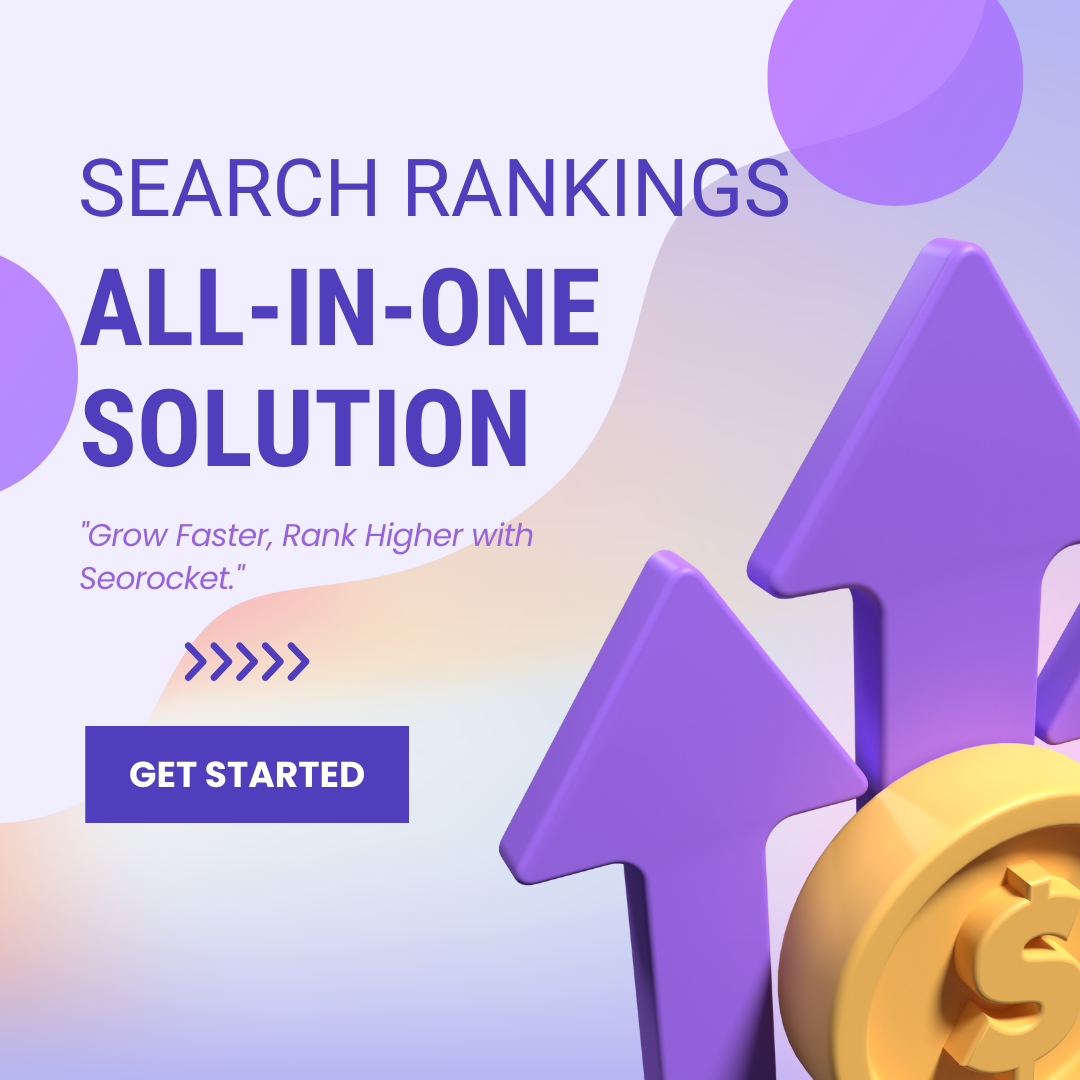Unlock the secrets to successful article marketing in SEO with these proven strategies for boosting your website’s search rankings.

Image courtesy of via DALL-E 3
Table of Contents
Introduction to Article Marketing in SEO
Article Marketing is a powerful strategy that can help websites gain visibility on search engines like Google. In simple terms, article marketing involves writing and publishing articles online to attract visitors to a website. These articles are packed with valuable information that can benefit readers and improve the website’s overall ranking on search engine results pages.
What is Article Marketing?
Article marketing is a way for website owners to showcase their expertise and knowledge in a particular field. By creating high-quality articles that engage and inform readers, website owners can drive more traffic to their sites and establish themselves as trusted authorities in their niche.
Why is SEO Important?
SEO, which stands for Search Engine Optimization, is crucial for websites to appear higher in search results. When someone searches for a specific topic or keyword online, search engines like Google use complex algorithms to determine which websites are most relevant to the search query. Websites that have good SEO practices in place are more likely to rank higher and attract more visitors.
How Article Marketing Helps SEO
Article marketing plays a vital role in improving SEO for websites. When well-written articles are published regularly, they can attract valuable backlinks from other websites, increase website traffic, and enhance the overall authority and credibility of the site. By incorporating targeted keywords and providing valuable content, website owners can boost their SEO efforts and improve their ranking on search engine results pages.
Finding the Right Topics
Before you start writing, it’s essential to know who your readers are. Understanding your audience helps you choose topics that they will find interesting and engaging. You can do this by researching what topics they are searching for online, what questions they have, and what issues they are facing. By knowing your audience, you can tailor your articles to meet their needs and preferences.
Using Keyword Tools
Keywords are words or phrases that people use to search for information on search engines like Google. Using the right keywords in your articles can help your content show up in search results when people look for that specific topic. Keyword tools are online resources that can show you which keywords are popular and how often they are searched for. By using these tools, you can find trending topics and incorporate relevant keywords into your articles to increase their visibility.
Writing Great Articles
In order to create successful articles for your website, it’s essential to know how to write content that captivates readers and boosts your SEO efforts. Let’s explore some tips for crafting high-quality articles that engage your audience.
Creating Compelling Titles
One of the key elements of a great article is a compelling title. Your title is the first thing readers see, so it needs to grab their attention and entice them to click. Make sure your title is clear, descriptive, and relevant to the content of your article. You can also consider using power words or numbers to make it more compelling.
Structuring Your Article
When it comes to structuring your article, it’s important to organize your content in a way that makes it easy to read and navigate. Start with a strong introduction that hooks the reader, followed by a well-structured body that delivers valuable information. Finally, conclude your article with a summary or call to action that encourages further engagement.
Using Simple Language
Using clear and simple language is crucial when writing articles. Avoid jargon and complex vocabulary that might confuse your readers. Keep your sentences short and to the point, making it easy for your audience to understand the information you’re presenting. Remember, the goal is to communicate effectively with your readers.
Adding Keywords Naturally
When you are writing an article for your website, it is important to include keywords that people might use when searching for information online. These keywords help search engines understand what your article is about and can improve your website’s ranking. But where should you place these keywords in your article?
One good tip is to include your main keyword in the title of your article. This is the first thing that people will see when they come across your article, so it’s important to make it clear what your article is about right from the start.
You should also try to include your main keyword in the first paragraph of your article. This helps search engines understand the topic of your article quickly. Additionally, sprinkle your keywords throughout the rest of your article, especially in headings, subheadings, and the conclusion.
Remember, it’s essential to use keywords naturally in your article. Stuffing too many keywords into your content can make it sound awkward and spammy, which can actually harm your SEO efforts. It’s all about finding the right balance and incorporating keywords seamlessly into your text.
Avoiding Keyword Stuffing
Keyword stuffing is a big no-no in the world of SEO. This practice involves overloading your article with keywords in an attempt to manipulate search engine rankings. However, search engines are smart enough to recognize this tactic, and it can result in your website being penalized or even banned from search results.
Instead of stuffing your article with keywords, focus on creating high-quality, informative content that naturally includes relevant keywords. Think about what your readers would want to know and write in a way that provides value to them. This will not only improve your SEO but also make your content more enjoyable to read.
Using Links in Your Articles
Links play a crucial role in enhancing your article’s SEO and providing value to your readers. By understanding how to use links effectively, you can improve the visibility of your content and keep your audience engaged. Let’s explore the different types of links and how to incorporate them into your articles.
What are Internal Links?
Internal links are hyperlinks that connect one page of a website to another page on the same site. By including internal links in your articles, you can guide readers to related content within your website. This not only helps improve the user experience but also boosts your site’s SEO by spreading link equity throughout your pages.
What are External Links?
External links, also known as outbound links, are hyperlinks that direct readers to web pages outside of your website. When used appropriately, external links provide additional information and resources to your audience. It also helps search engines understand the relevance and credibility of your content by establishing connections with other reputable sites.
Benefits of Using Links
Integrating both internal and external links into your articles offers several advantages. Internal links aid in improving your website’s navigation and overall structure, making it easier for users to find relevant information. On the other hand, external links add credibility to your content and demonstrate your willingness to provide valuable resources to your readers. From an SEO perspective, links serve as a signal to search engines about the quality and authority of your content, potentially boosting your rankings in search results.
Promoting Your Articles
After you’ve written a fantastic article, the next step is to make sure it reaches as many people as possible. Promoting your articles can help you attract more readers and increase your website’s visibility. Let’s explore some effective ways to share your work with a wider audience.
Sharing on Social Media
Social media platforms like Facebook, Instagram, and Twitter are great places to share your articles. You can create engaging posts with a snippet of your content and a link to the full article. Remember to use eye-catching images and relevant hashtags to attract more attention. Encourage your followers to like, comment, and share your posts to reach an even larger audience.
Using Email Marketing
Email marketing is another powerful tool for promoting your articles. You can create a newsletter for subscribers and include links to your latest content. Personalize your emails to make them more engaging and share valuable information with your audience. Encourage readers to forward your emails to their friends or colleagues who might be interested in your articles.
Measuring Success
Once you have published your articles, it’s essential to track their performance. Analytics tools like Google Analytics can provide valuable insights into how your articles are performing. These tools help you understand how many visitors your website is receiving, where they are coming from, and which articles are the most popular.
Gathering Reader Feedback
Feedback from your readers is another crucial way to measure the success of your article marketing efforts. Encourage readers to leave comments on your articles, and consider running surveys to gather more in-depth feedback. Understanding what your audience likes and dislikes can help you tailor your future articles to better meet their needs.
Avoiding Common Mistakes
Using too many keywords in your articles can actually harm your SEO efforts. When you stuff your content with too many keywords, it can make your writing sound unnatural and forced. Instead of focusing on cramming in as many keywords as possible, try to use them strategically. Think about where they naturally fit within your sentences and paragraphs. Remember, quality content that flows well is more important than keyword quantity.
Publishing Without Editing
One common mistake that can hurt your article marketing efforts is publishing content without properly editing it. Spelling mistakes, grammar errors, and awkward phrasing can make your articles look unprofessional and untrustworthy. Before hitting the publish button, take the time to read through your article carefully. Look for any typos or mistakes, and make sure your writing is clear and easy to understand. Editing and proofreading are essential steps to ensure your articles are top-notch.
Conclusion and Recap
Article marketing is a valuable tool in the world of SEO. By writing and publishing articles, you can attract more visitors to your website and improve your search engine ranking. When done right, article marketing can help you stand out from the competition and establish yourself as an authority in your industry.
Quick Start Tips
As you embark on your article marketing journey, remember to choose topics that resonate with your audience, incorporate relevant keywords, and create engaging and high-quality content. Make use of internal and external links to connect with your readers and promote your articles through social media and email marketing. Measure your success using analytics tools and gather feedback to continuously improve your strategies. Avoid common mistakes like overusing keywords and publishing without editing.
With these tips in mind, you’ll be on your way to effectively using article marketing to boost your SEO efforts and reach a wider audience.
Frequently Asked Questions (FAQs)
What is the Best Length for an SEO Article?
When it comes to SEO articles, the best length typically ranges between 1000 to 2000 words. It’s important to strike a balance between providing comprehensive information and keeping the content concise. Search engines tend to favor longer articles that thoroughly cover a topic while being engaging for the reader. Remember, quality should always trump quantity!
How Often Should I Publish Articles?
The frequency of publishing articles can vary depending on your website’s goals and resources. However, a good rule of thumb is to aim for consistency. Whether it’s weekly, bi-weekly, or monthly, creating a regular publishing schedule can help maintain reader interest and improve your website’s visibility. Focus on producing high-quality content rather than churning out articles too frequently.
Can I Use Free Images in My Articles?
Yes, you can use free images in your articles, but it’s crucial to check the licensing agreements for each image. Websites like Unsplash, Pixabay, and Pexels offer a vast selection of high-quality, royalty-free images that you can use in your articles. Just be sure to give appropriate credit to the photographers or adhere to any specific licensing terms. Using visually appealing images can enhance the reader’s experience and make your content more engaging!







